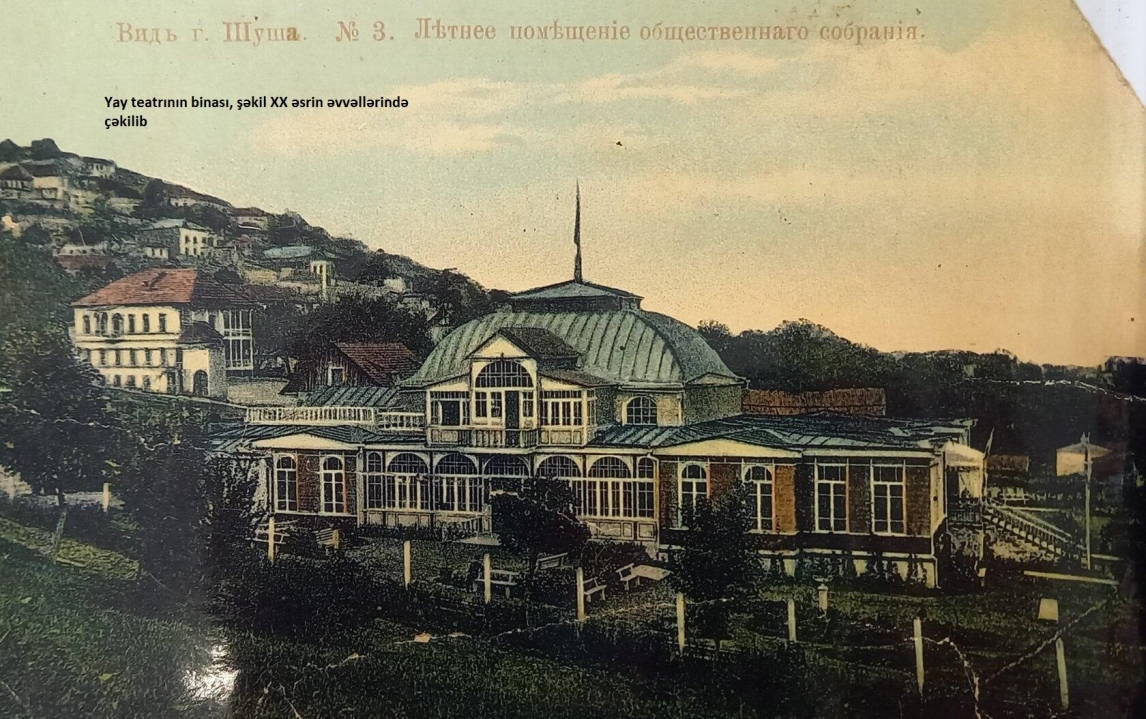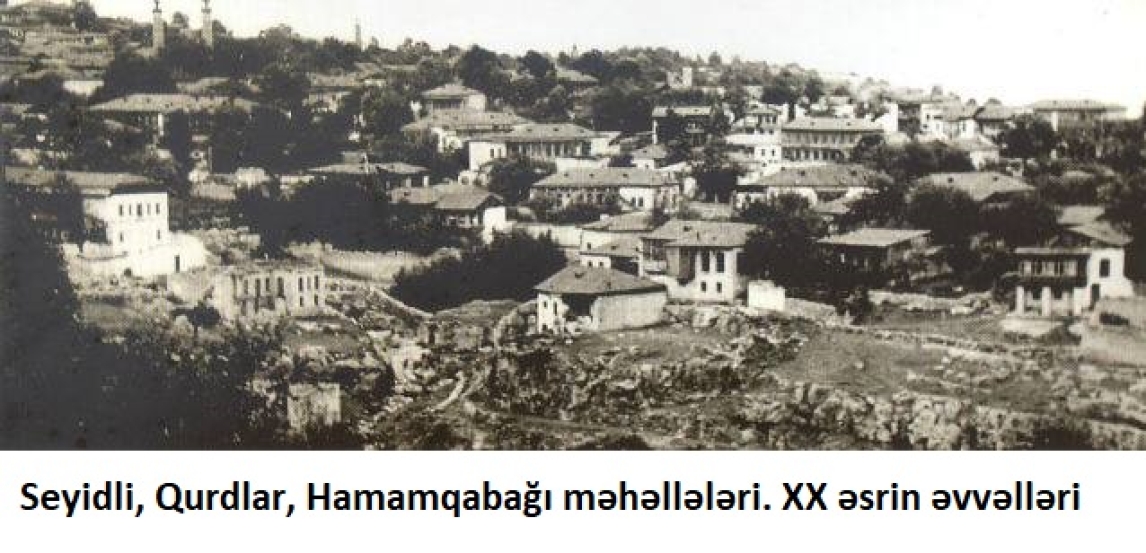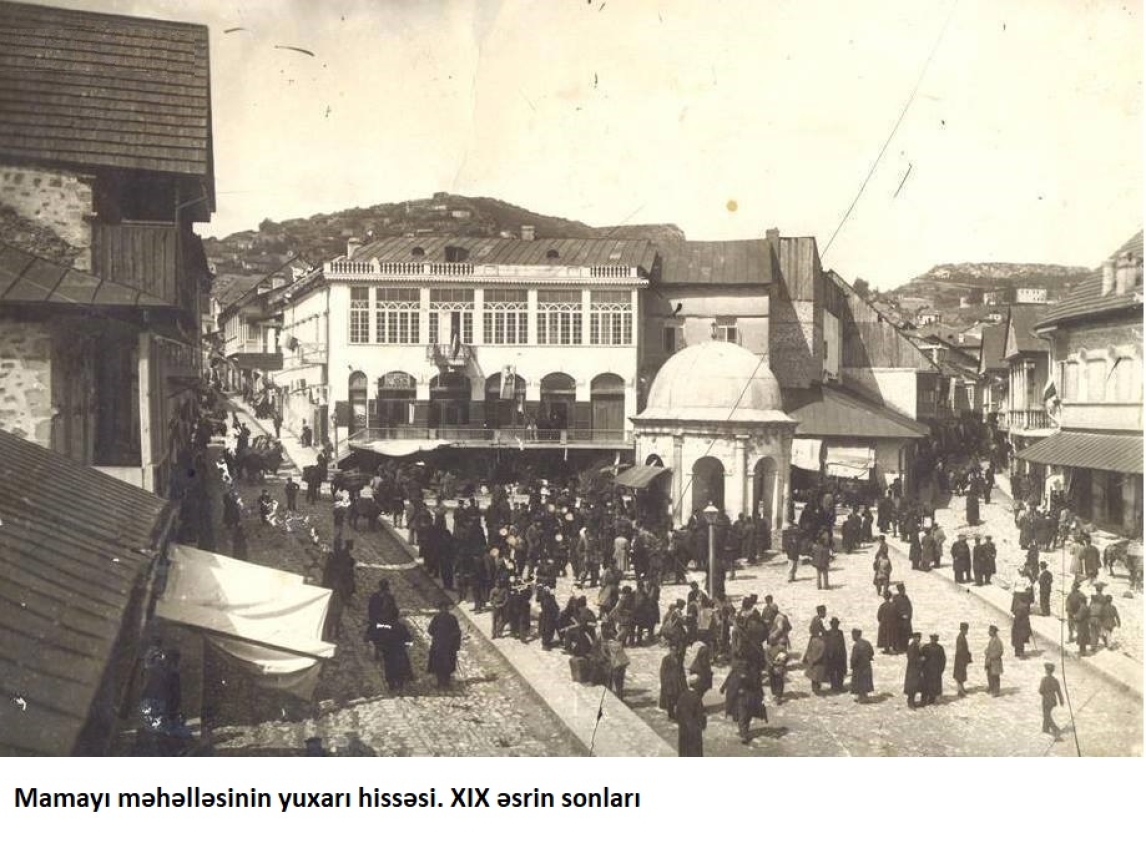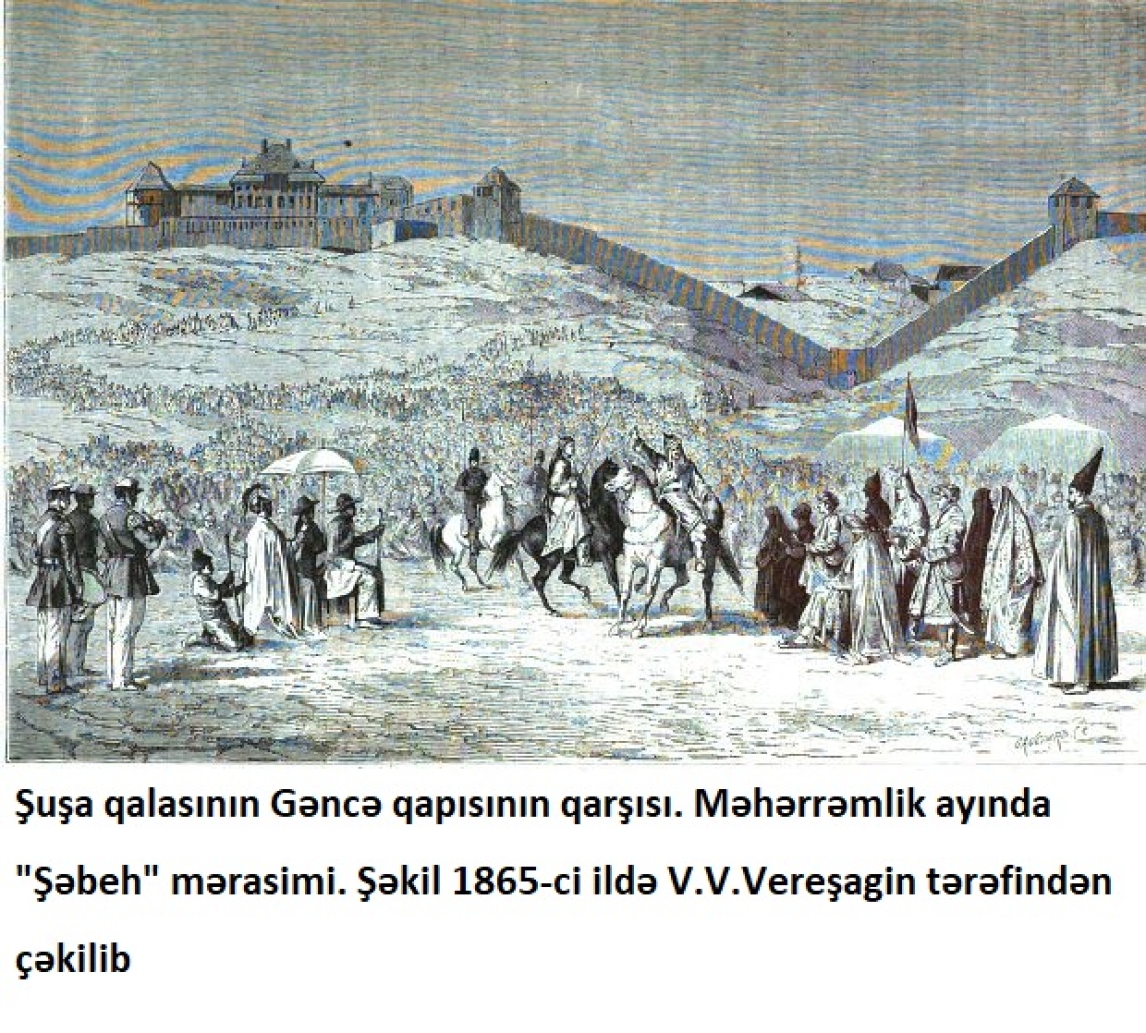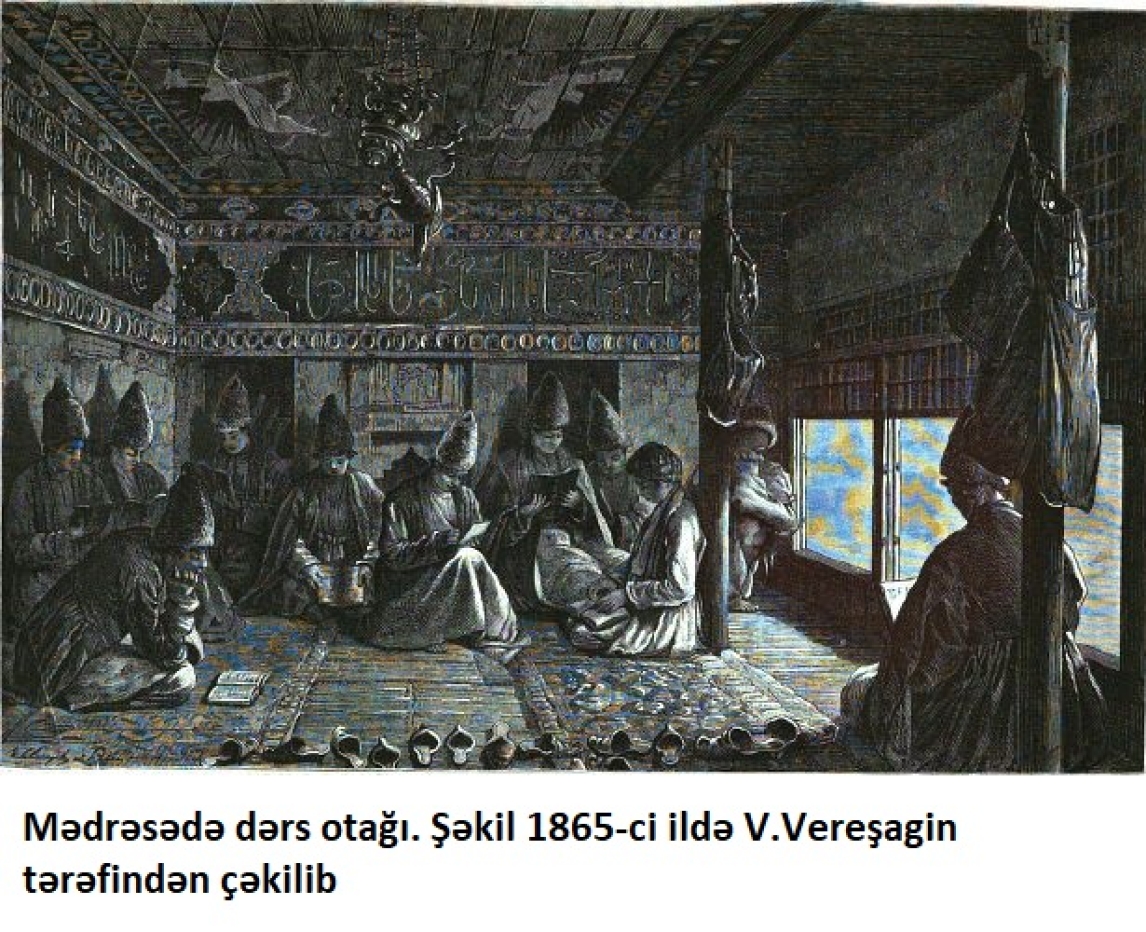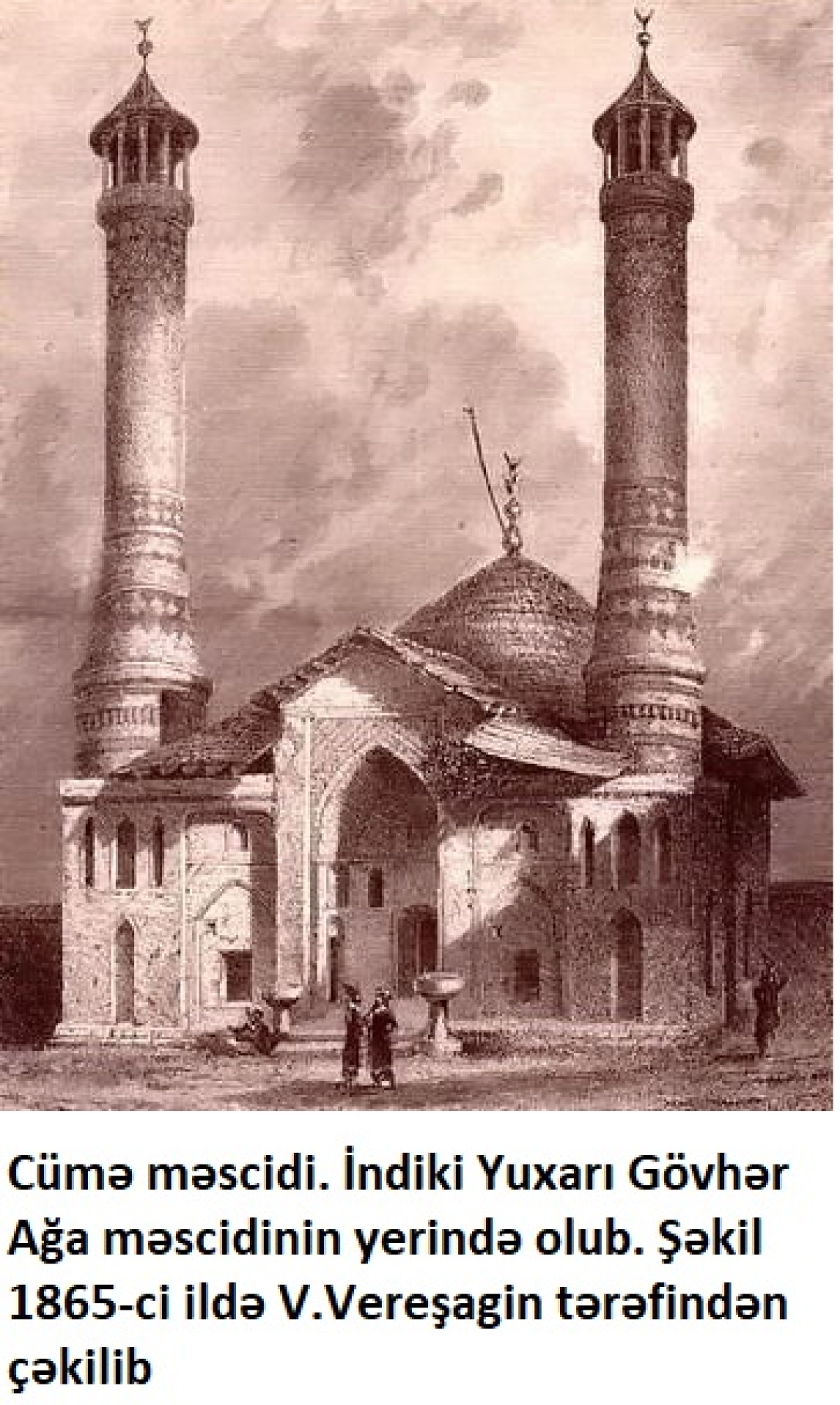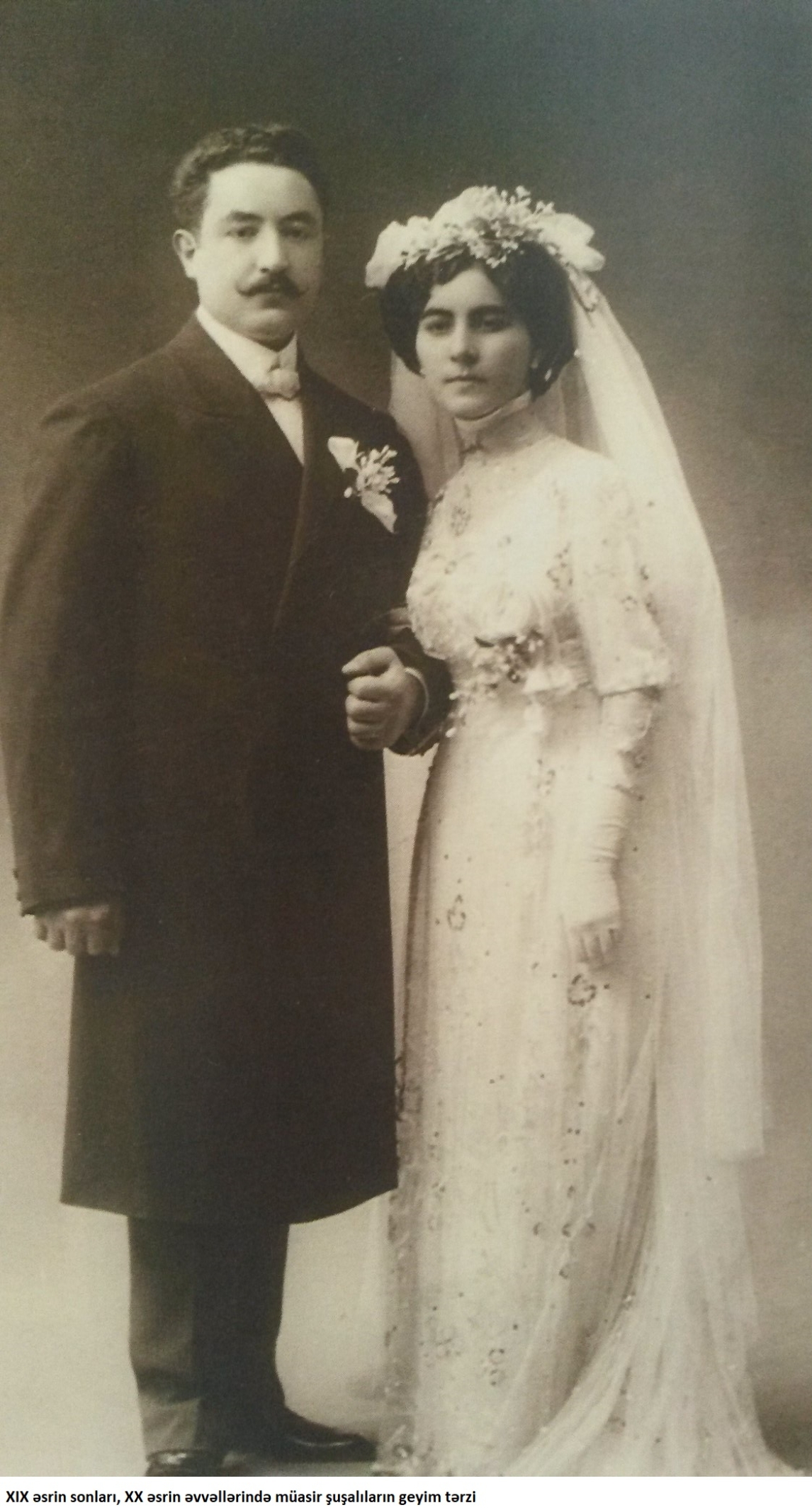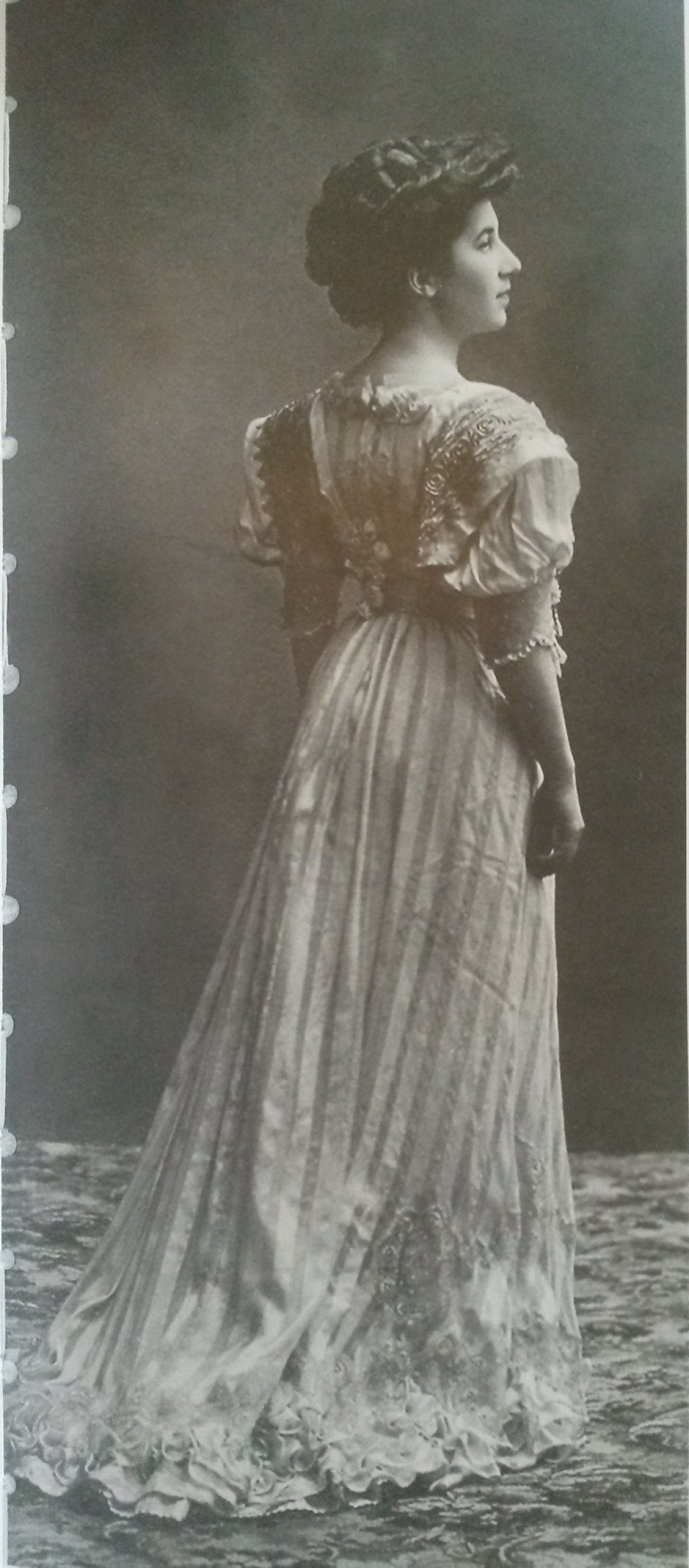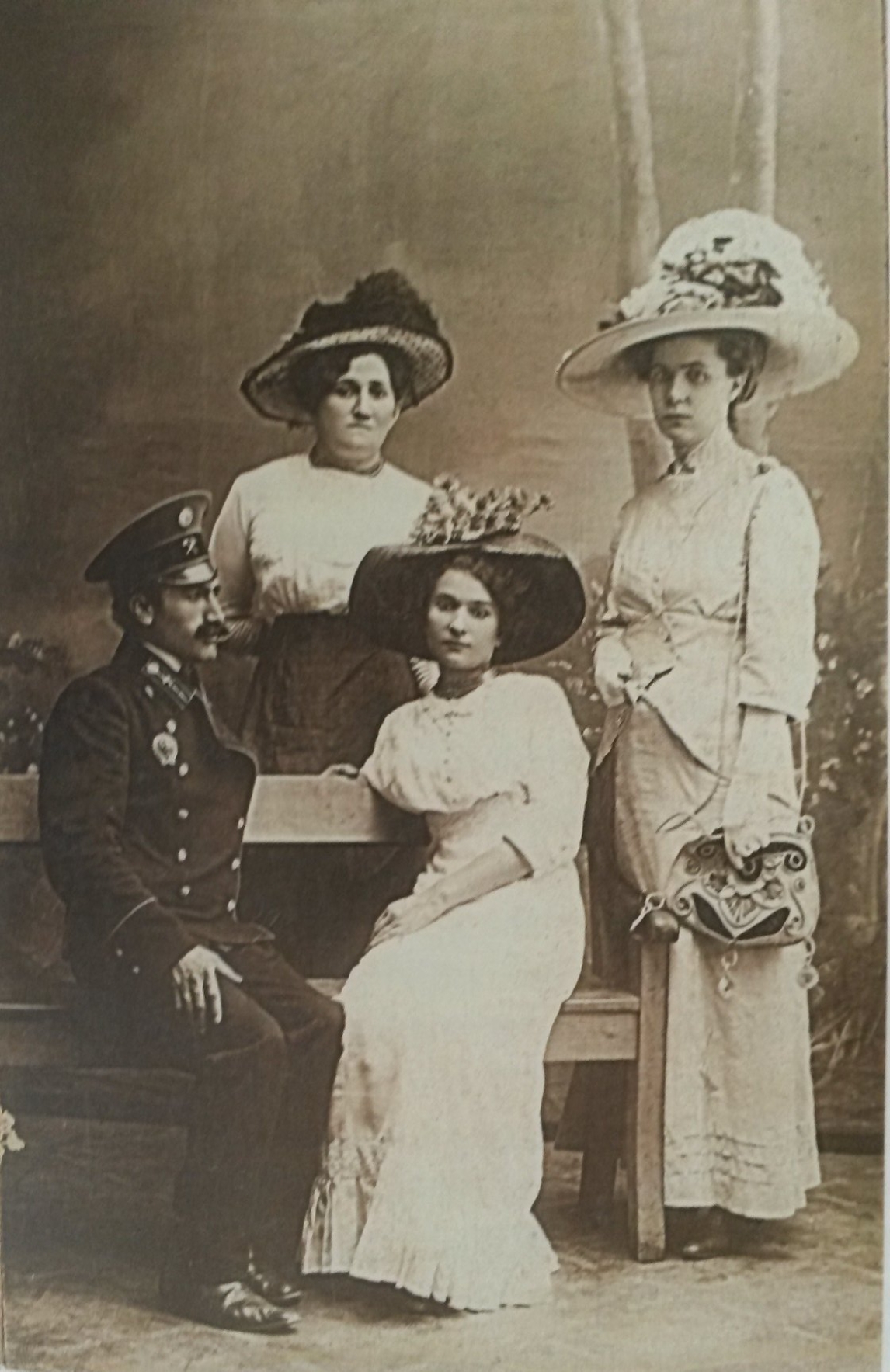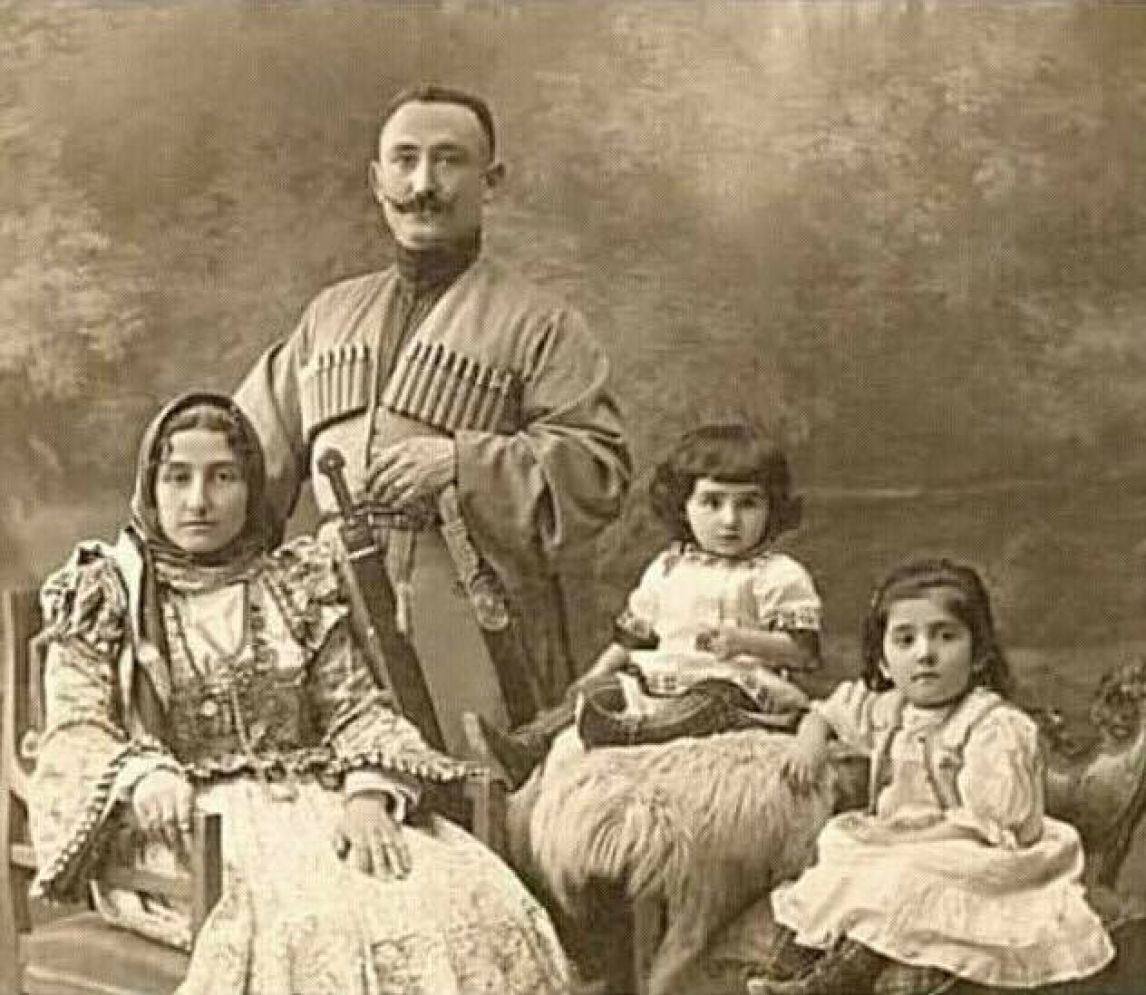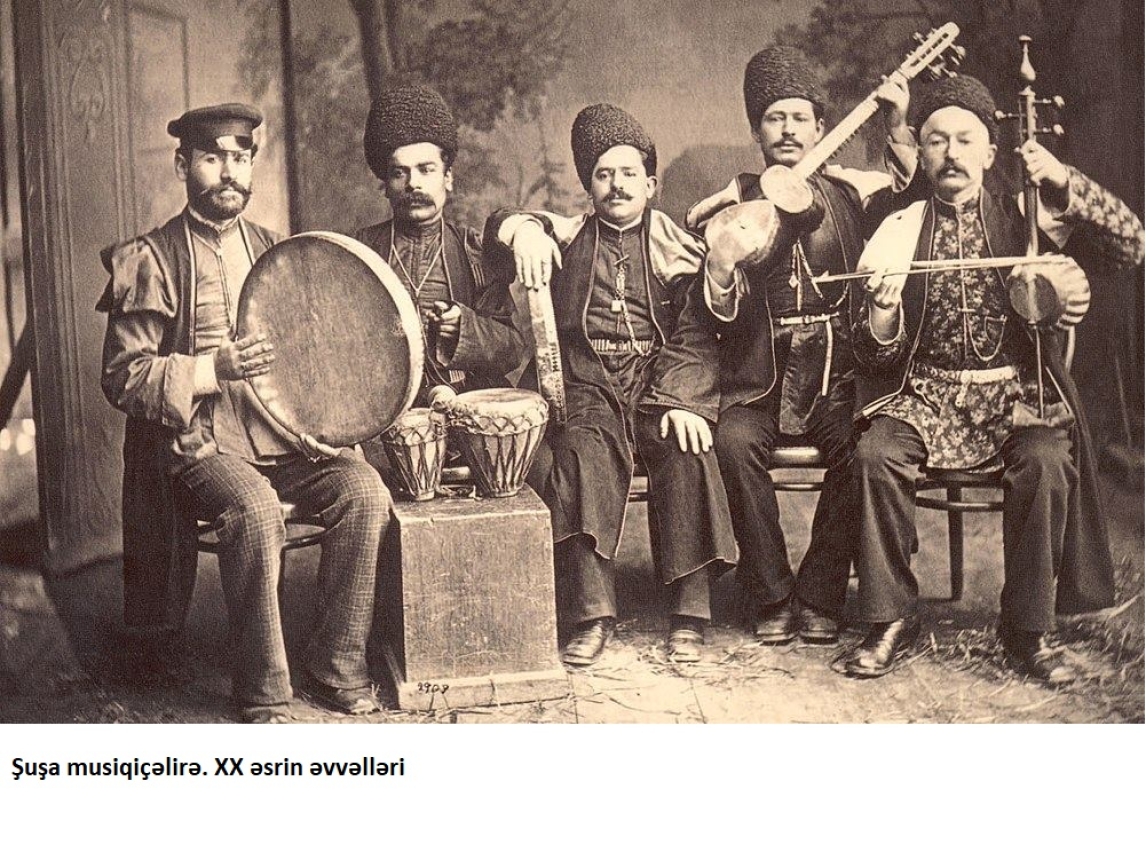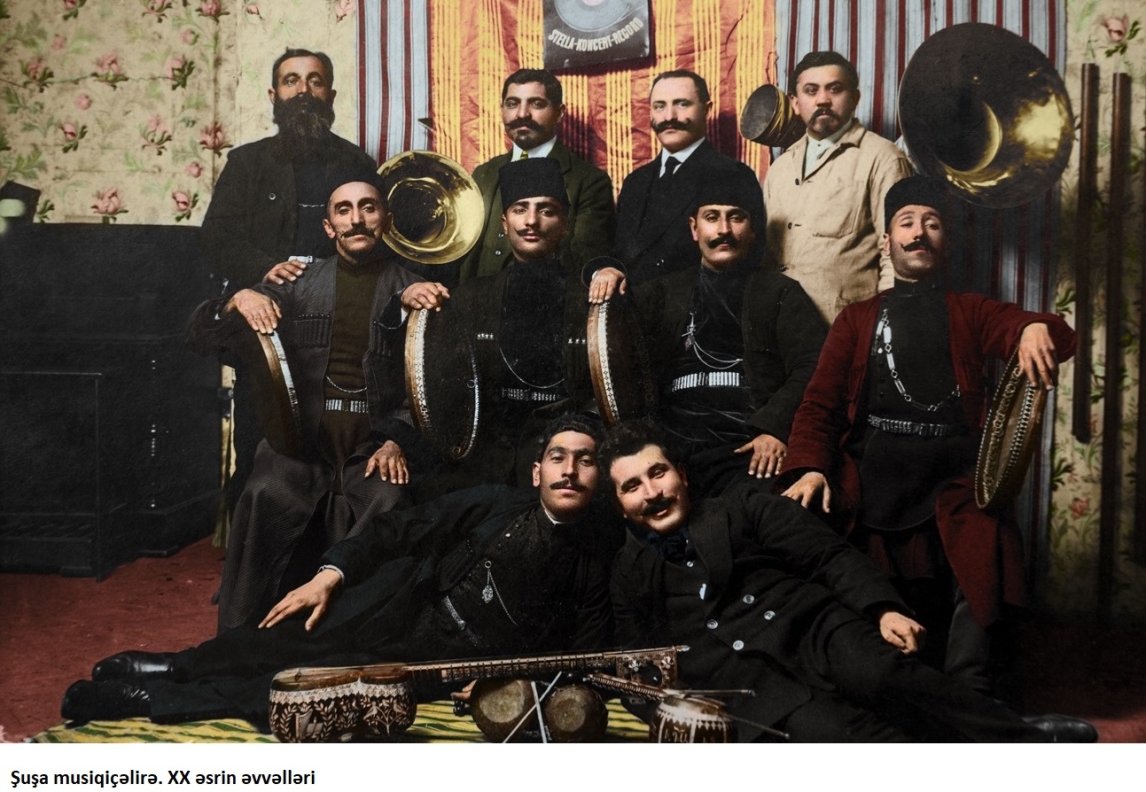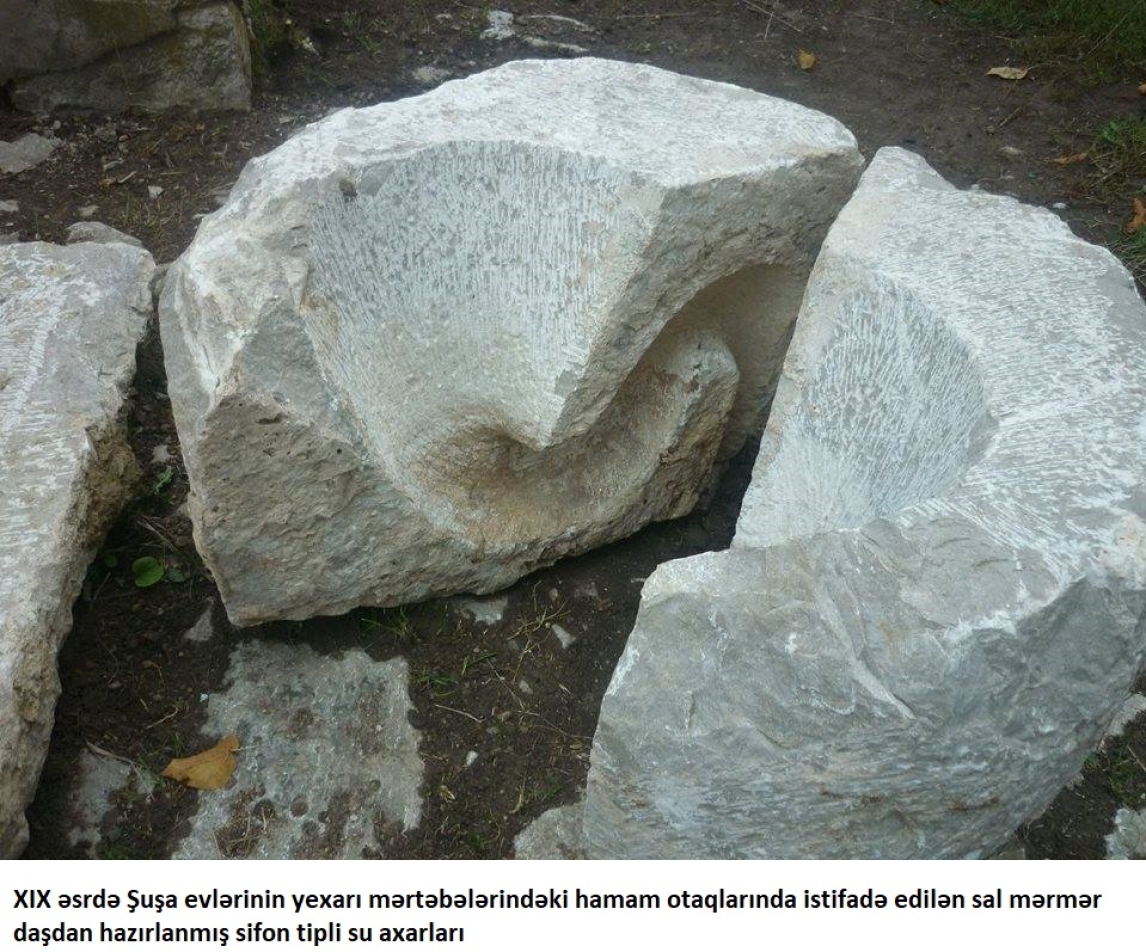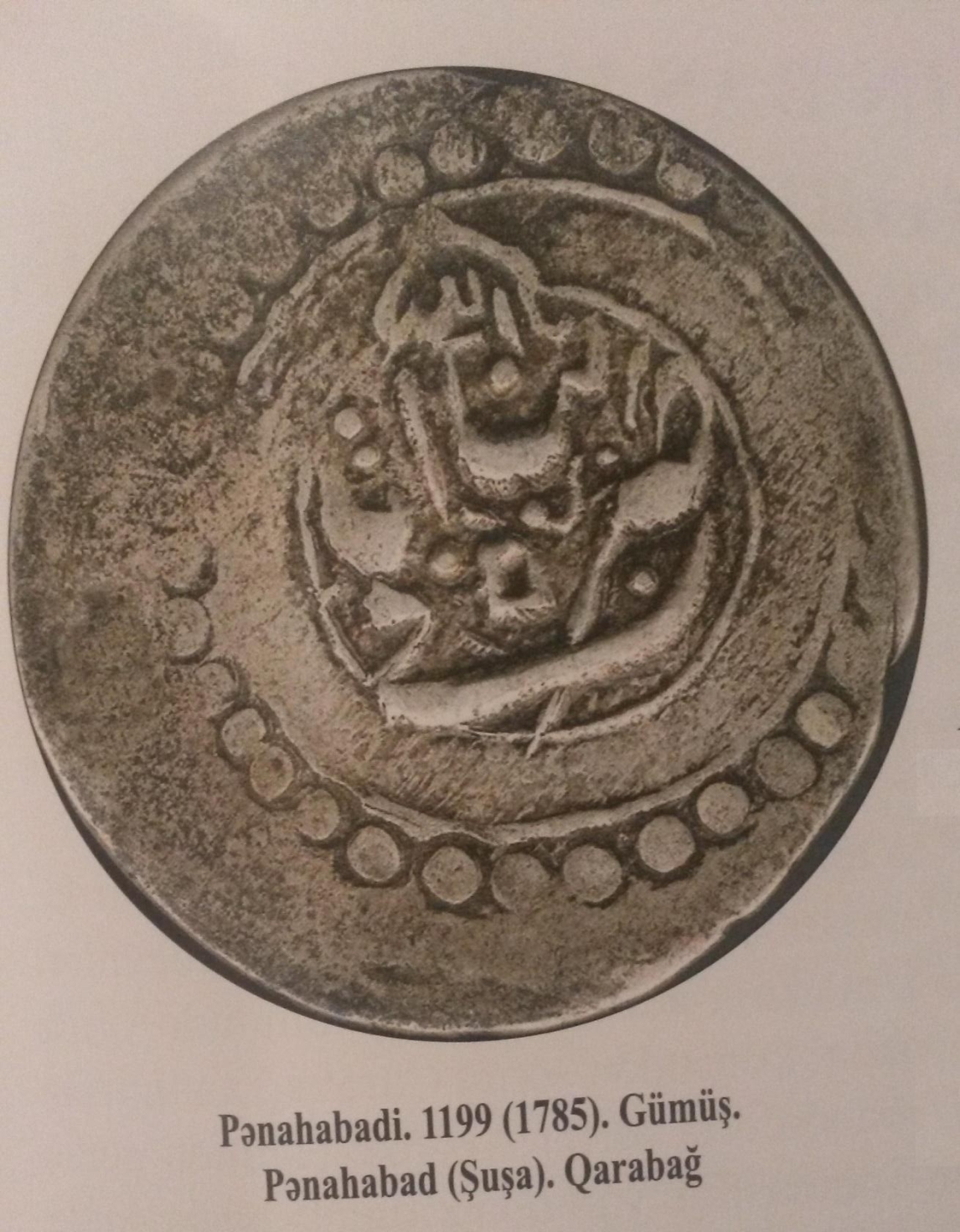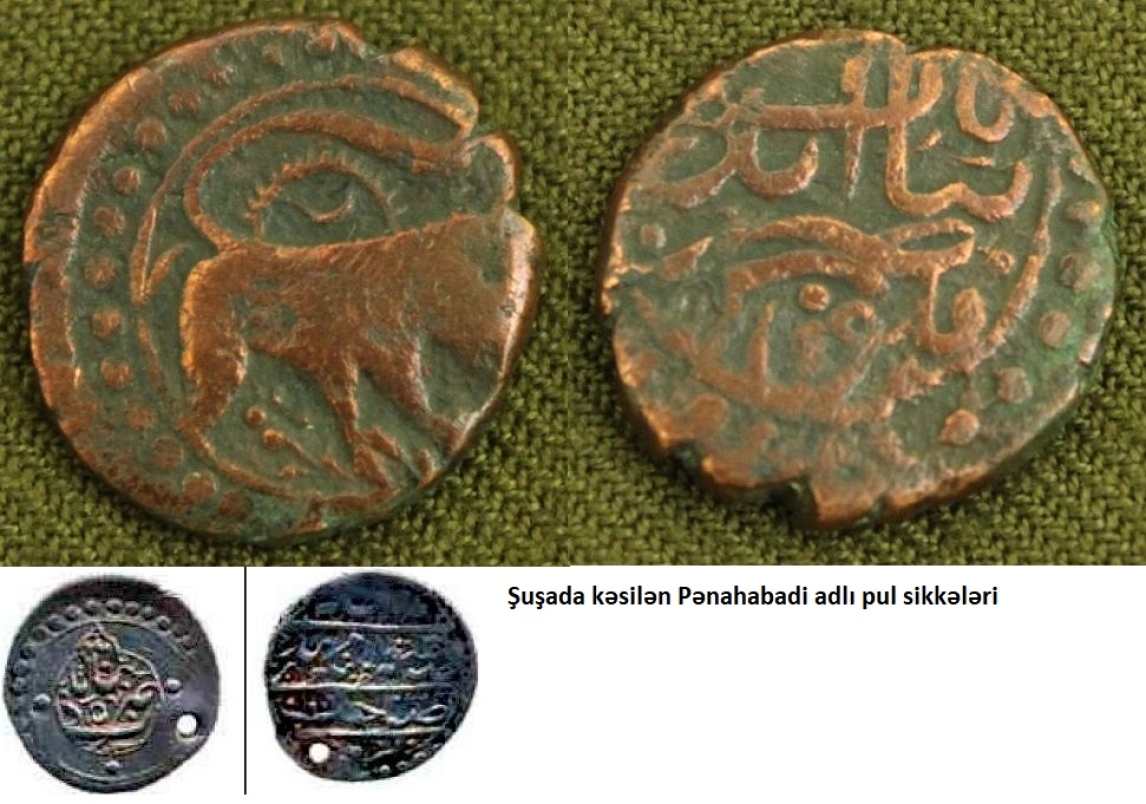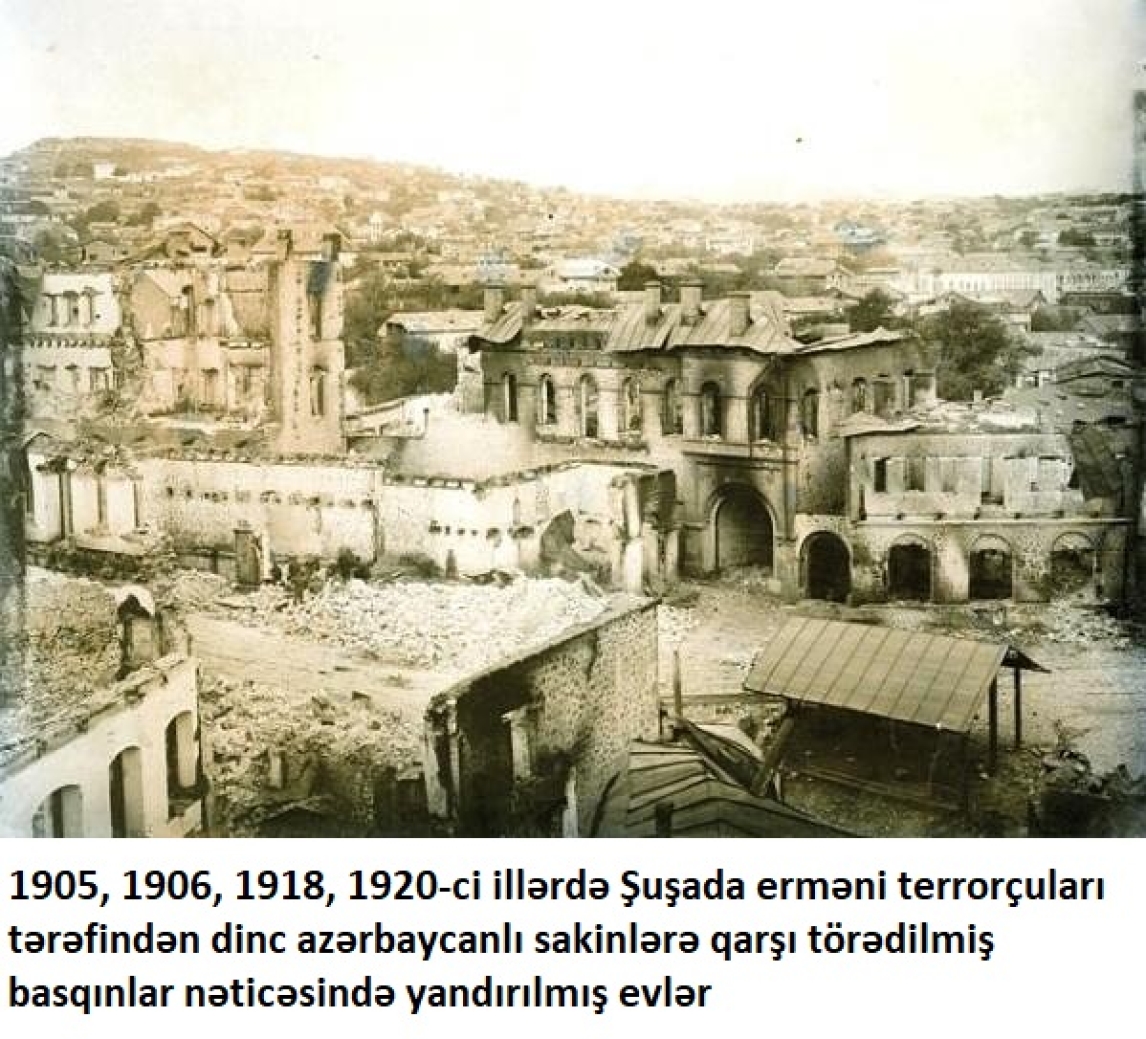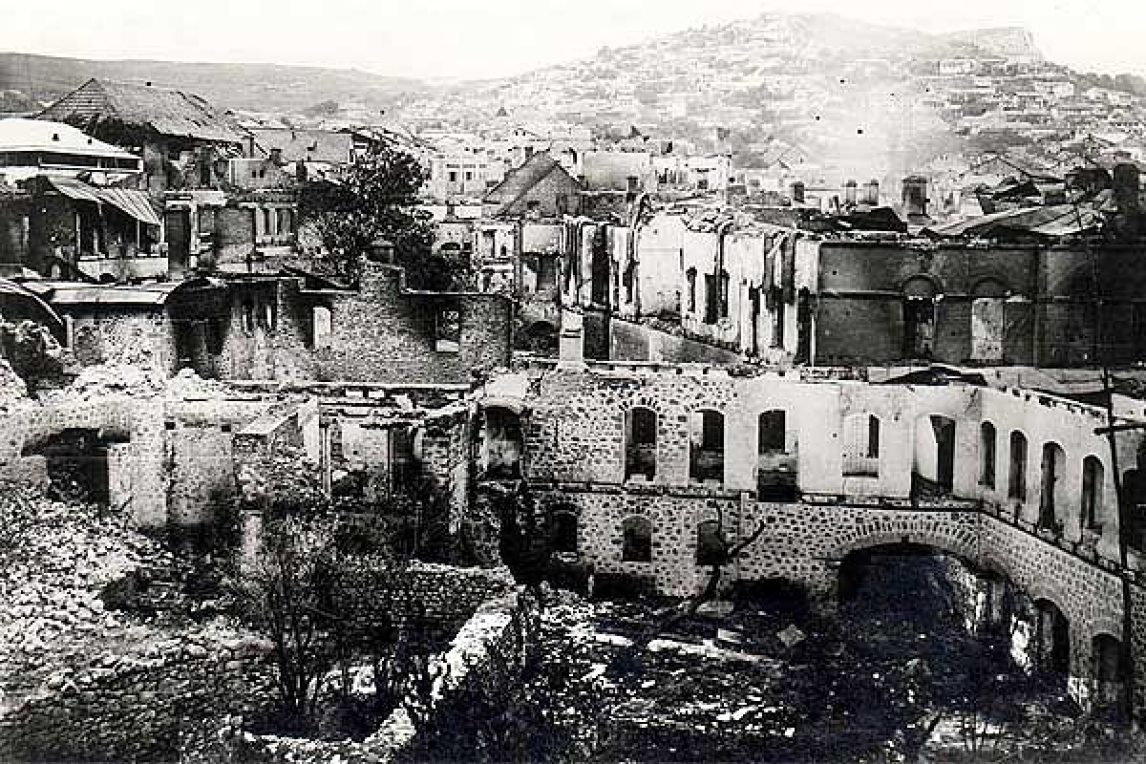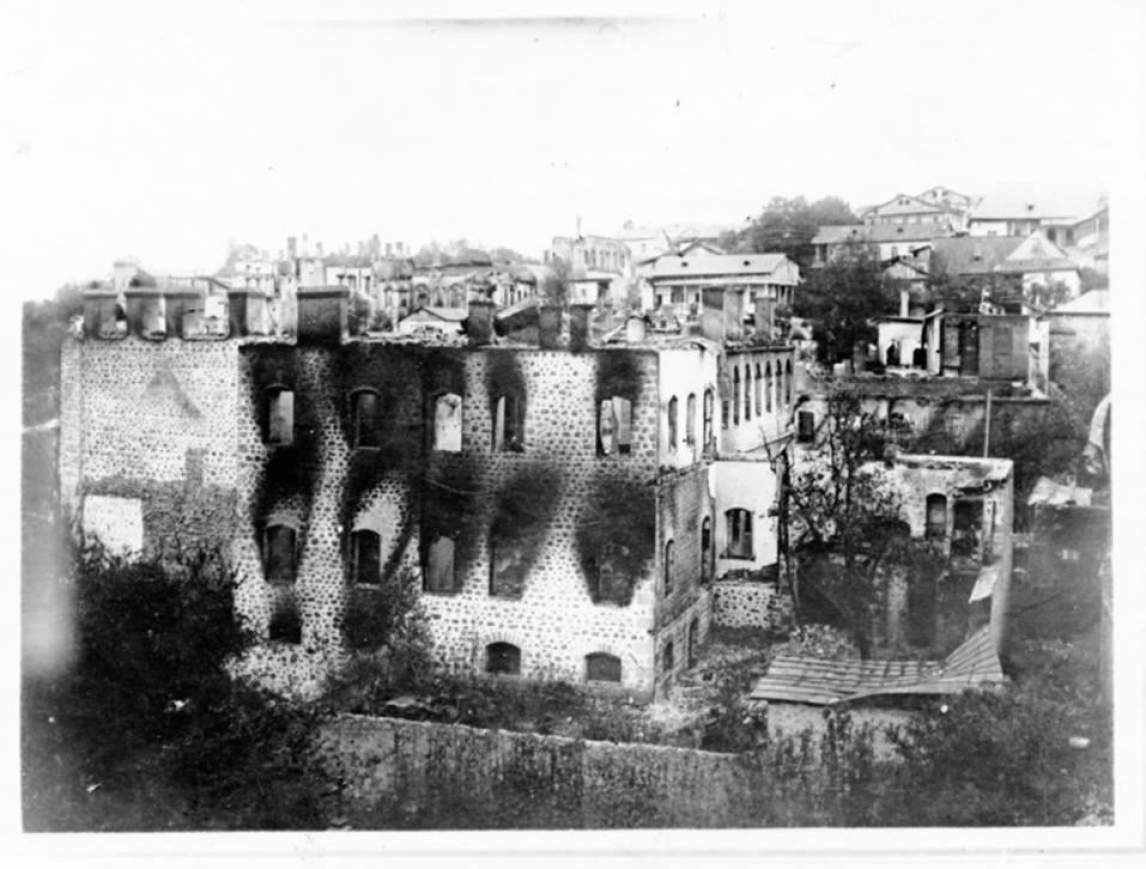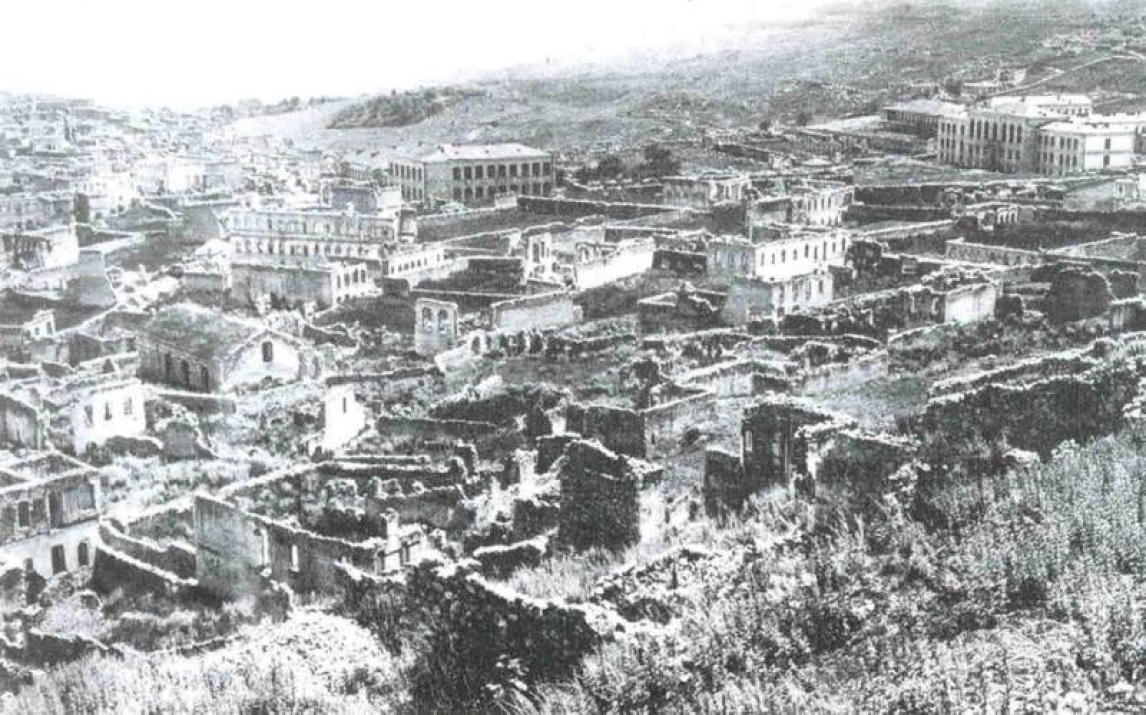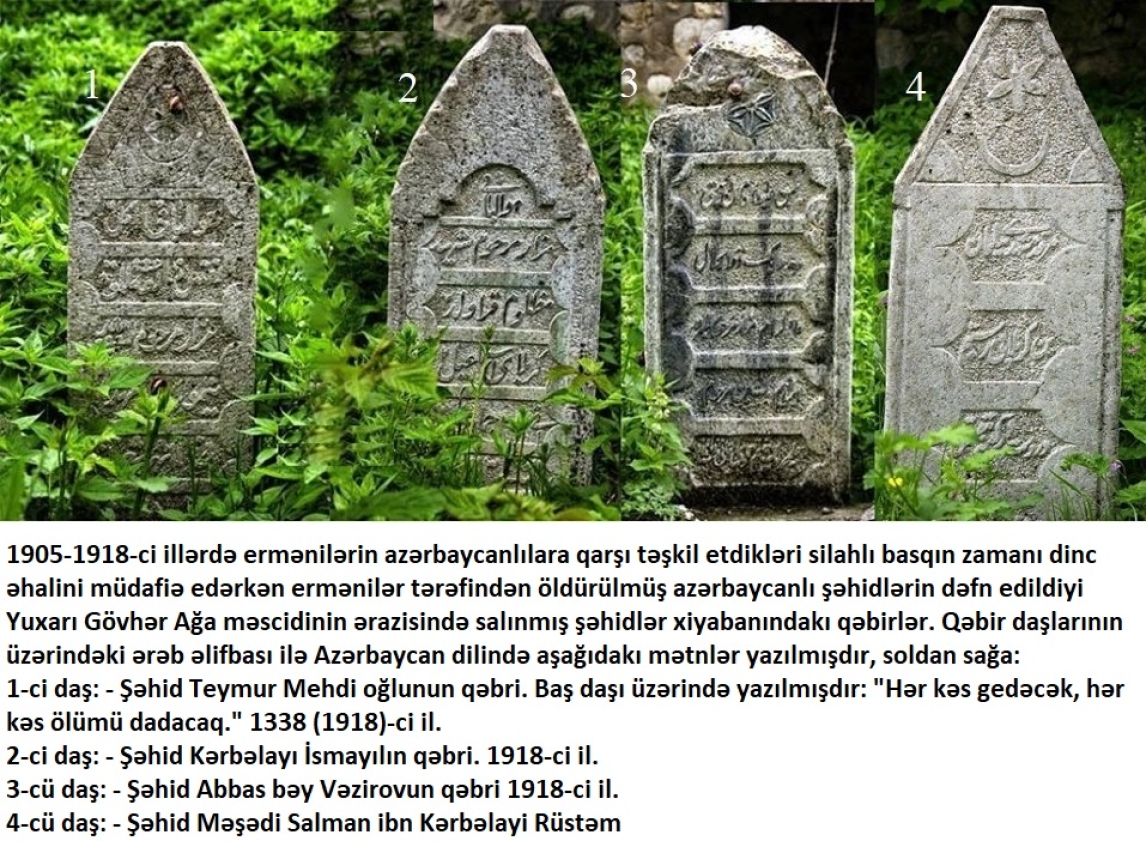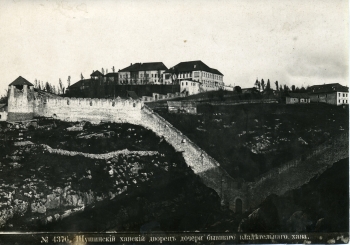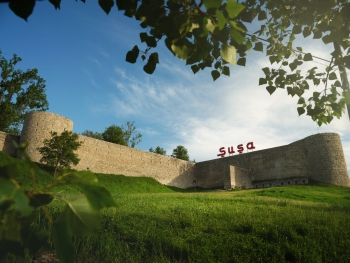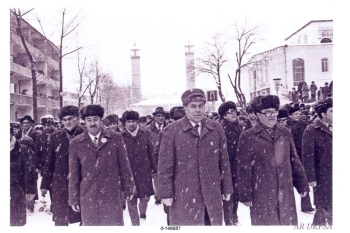Early 19th and 20th centuries
In the XIX century, Shusha became one of the cultural centers of Azerbaijan, a city of health, a land of talents. No city of Azerbaijan was home to so many talents. According to the information of the Azerbaijan National Academy of Sciences, in the XIX century, 95 poets, 22 musicologists, 38 singers, 12 calligraphers, 5 astronomers, 18 architects, 16 doctors and about 42 teachers lived and created their masterpieces in Shusha. As a result of this development, young people from Shusha could easily study in Europe. This led to the spread of European fashion in the city. Along with national values, European style and values prevailed in the city in clothing, household items, and cooking. All of these had its positive impact on the city’s architecture and urban planning.
As we mentioned above, the construction of houses in Shusha was carried out according to the approved master-plan of the city. The courtyard areas do not face the main street, they must have been placed behind the house. For this reason, the courtyards are generally not visible from the main streets, and houses could be entered directly from the street. The windows and doors of all the houses in Shusha faced the street directly. So, a person walking in the city would not come across a fence, but houses with beautifully framed windows and doors. Local marble stones were laid on the streets, pavements of large marble stones were laid for pedestrians, and carriages could slide comfortably on the streets. Shortly after Panahali Khan built the city, the currency unit of Karabakh Khanate, which is one of the state attributes, a coin called "Panahabadi" was issued and was used until 1822. These coins were popularly called "Panahabadi". Shusha had a large-scale, stone-walled sewage system that was well developed. According to some reports, two riders could move freely in the sewer trenches. There were bathrooms on the upper floors of the houses, and siphon-type water channels made of stone were used in these rooms.
One of the main reasons of city being clean was the construction of an excellent sewage system. Another reason for the cleanliness of the city is the difference of up to 300 meters above sea level between the lower part and the upper part of the Shusha plateau. That is, while the area where this quarter is located is 1300 meters above sea level, the area where the upper part of Kocharli and Mamayi quarters is located is close to 1600 meters above sea level. Due to this sharp difference, the fruits in the lower part of the were ripe, but those in the upper part were just riping. As a result of such a different terrain, rainwater did not collect in one place, but easily flowed away. The streets were paved with white marble stones, so the city was cleaner and fresher after the rain. Almost like glass. According to some studies, one of the reasons why the name of the city named Panahabad was later changed to Shusha was that the city was transparent like glass. That is, "Shusha" - "Glass". It is important to point that another popular name of Shusha is Gala (Fortress). Even today, representatives of the older generation refer to Shusha as "Gala". Until the middle of the XX century, most people called Shusha as Gala. This is due to the fact that the city is a fortress at the same time.
Since the number of wealthy people in Shusha was large, the houses were built more luxuriously than the others. As a result, we have inherited such a beautiful city. As you know, after the signing of the well-known Turkmenchay Treaty between Russia and the Gajar state in 1828, the Armenians living in the territories of Iran, who were one of the biggest beneficiaries of this treaty, moved to Karabakh, Nakhchivan, Iravan, and other areas of Azerbaijan occupied already by Russia. They have been gradually settling in the territory of Azerbaijani khanates. Starting from the end of the XIX century, the Armenians who were moved to these areas created conflicts in Karabakh and increased the discontent among the nations. In 1905, 1906 and 1918, Armenians launched armed attacks against Azerbaijanis aimed at capturing Shusha. Although the Armenians retreated every time, facing the resistance of the Azerbaijanis, the city suffered great destruction, and many civilians lost lives. On March 22, 1920, on the day of Novruz holiday, Armenians again launched an armed conflict in Shusha with the aim of attacking the independence of Azerbaijan. Although Shusha was saved from the occupation thanks to the heroism of the martyred Azerbaijanis, more than half of the city was severely destroyed and burned.
